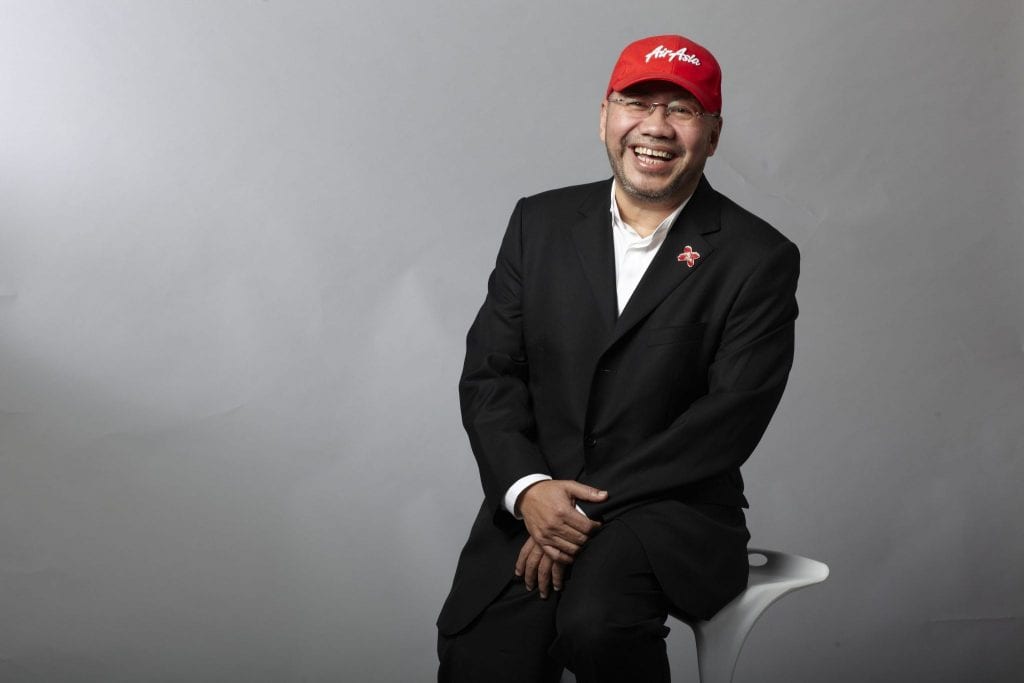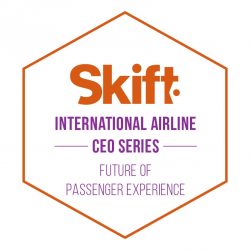Interview: Air Asia X CEO’s Plan to Make Cheap Trans-Pacific Flights a Reality

Photo Credit: AirAsia X Group CEO Datuk Kamarudin Meranun wants to expand his airline's reach. Air Asia X
Skift Take
Just as Norwegian Air has on trans-Atlantic routes, Air Asia X might disrupt established trans-Pacific players and push down fares. But making money on long-haul flights is tricky, and Air Asia X might decide it has better options closer to home.

Future of Passenger Experience
To better understand the challenges facing airlines in an age of fluctuating oil prices, rapid growth, and changing passenger expectations, our Future of Passenger Experience series will allow leaders in the industry to explain their best practices and insights.Later this year, an airline unfamiliar to many Americans will launch what seems like an unremarkable route — four weekly flights between Osaka, Japan and Honolulu.
The carrier is Air Asia X, a Malaysian long-haul, low-cost airline seeking to capitalize on established demand in a mature market. With one-way fares as low as $99, Air Asia X should have little trouble filling its Airbus A330s with sunshine-seeking Asian tourists, despite competing with Hawaiian Airlines, Delta Air Lines, and Japan Airlines. (The route technically originates in Kuala Lumpur and makes a stop in Osaka, but the airline expects Japanese tourists to fill most seats.)
On its own, this route is no big deal. But this could be the start of something bigger, because it's the first time Air Asia X — a key component of Asia's most-recognized low-cost brand — is flying to the United States.
During the next several years, Air Asia X could disrupt trans-Pacific travel as Norwegian Air has on trans-Atlantic routes. With many aircraft on order, Air Asia X might start new routes between East Asia and the United States, selling tickets at attractive fares and spurring new demand between Asia and cities like San Francisco and Los Angeles.
Still, it's far from guaranteed. The decade-old, long-haul affiliate of Air Asia has at times struggled with longer routes, and in 2012, it canceled flights from Kuala Lumpur to London and Paris because they did not perform well. Instead, in the past five years, Air Asia X has focused on medium-length routes within Asia and from Asia to Australia and New Zealand. The Osaka-Honolulu route — it's about a seven-hour flight — fits that model.
Nonetheless, Air Asia X probably has broader ambitions. It has ordered 66 Airbus A330neos, an aircraft with better range and fuel efficiency than the current-generation A330-300s already in its fleet. The A330neo should be capable of flying from East Asia to the Continental United States, though flights from Southeast Asia may be too far. Air Asia X also has 10 orders for Airbus A350-900s, an even longer-range aircraft, and it's looking at adding more planes that may allow it to resume Kuala Lumpur-Europe flights or start other longer routes. The A350s do not yet have set delivery date, the company said.
Skift recently spoke to AirAsia X Group CEO Datuk Kamarudin Meranun to learn more about Air Asia X's plans. In add

